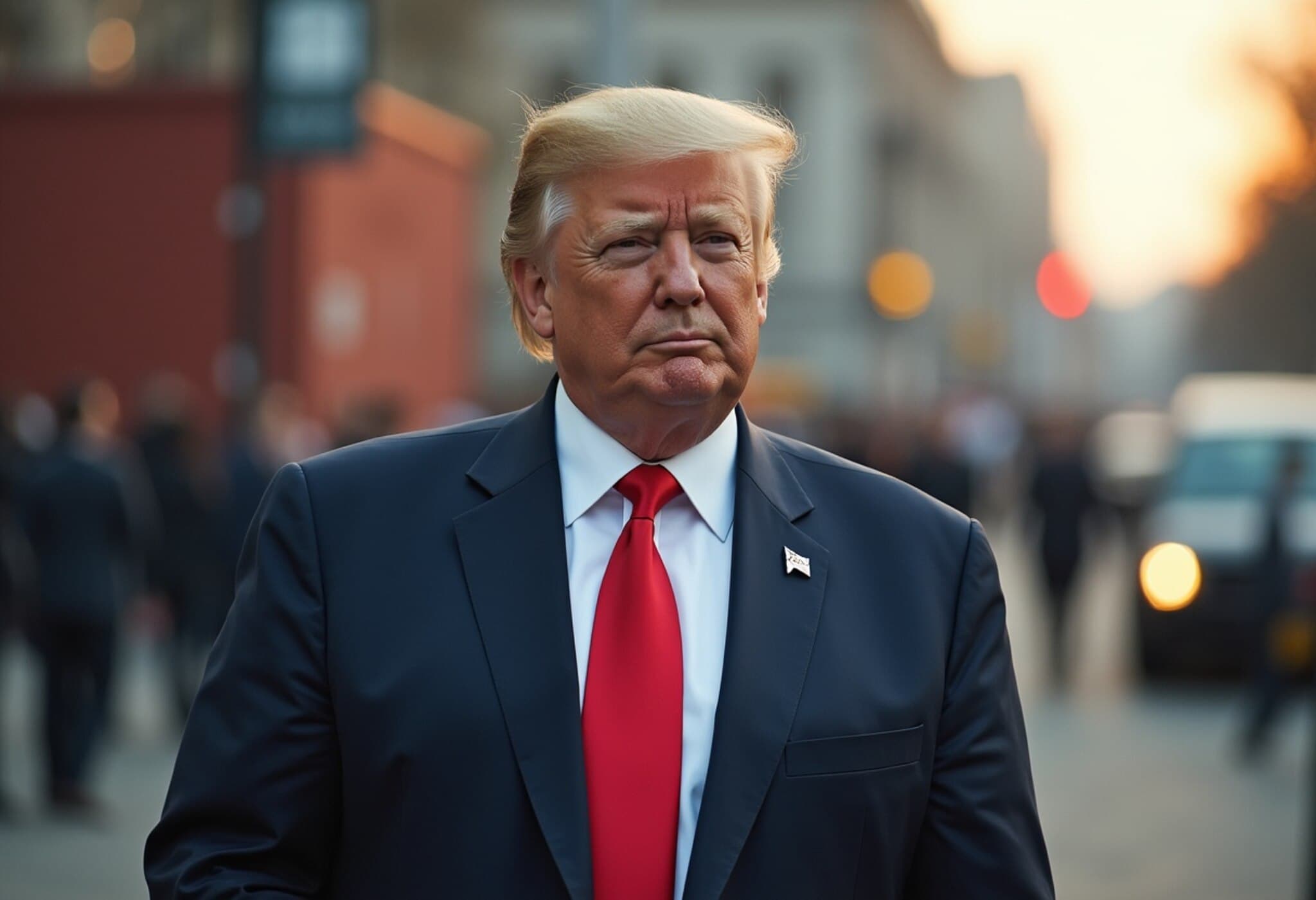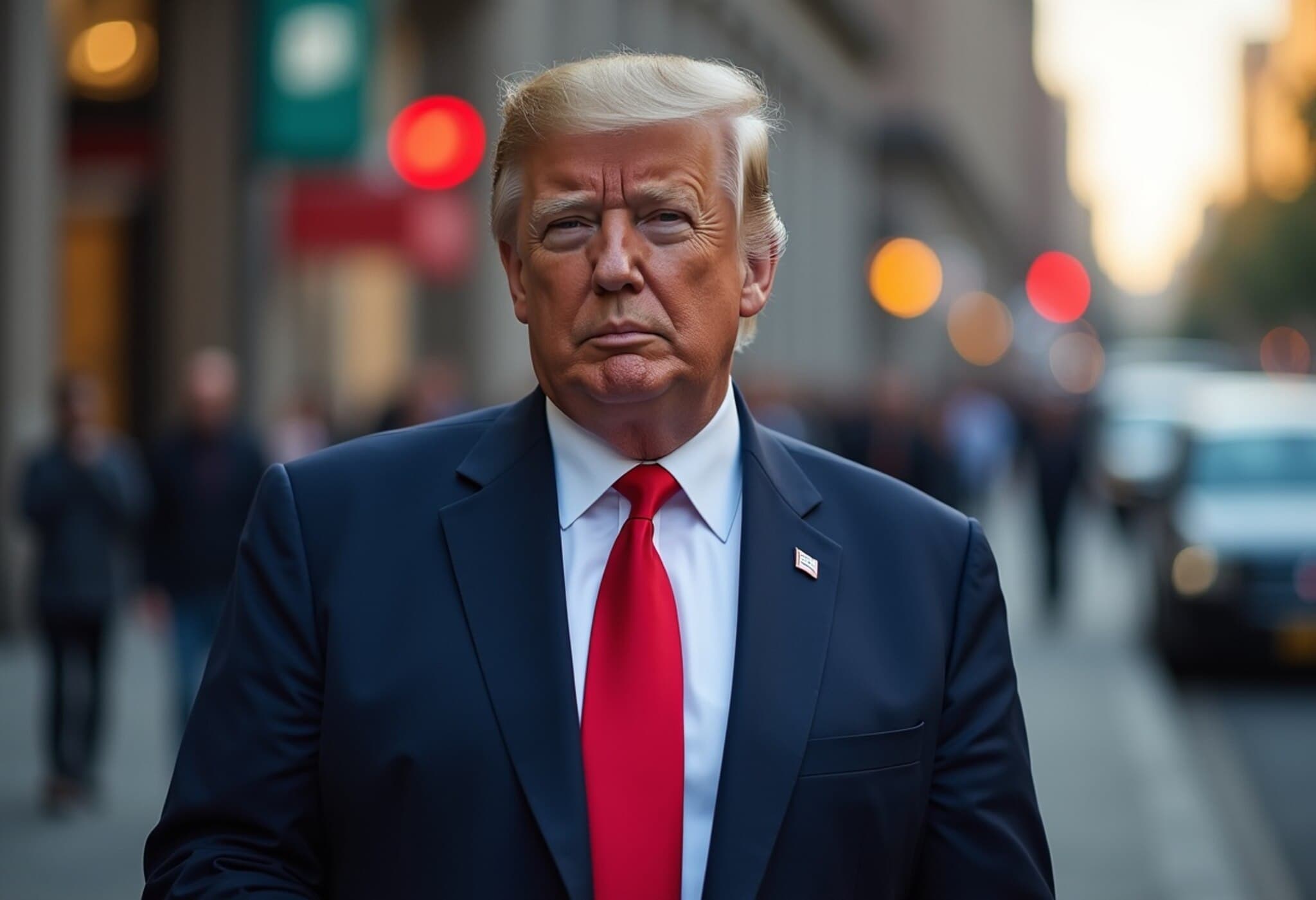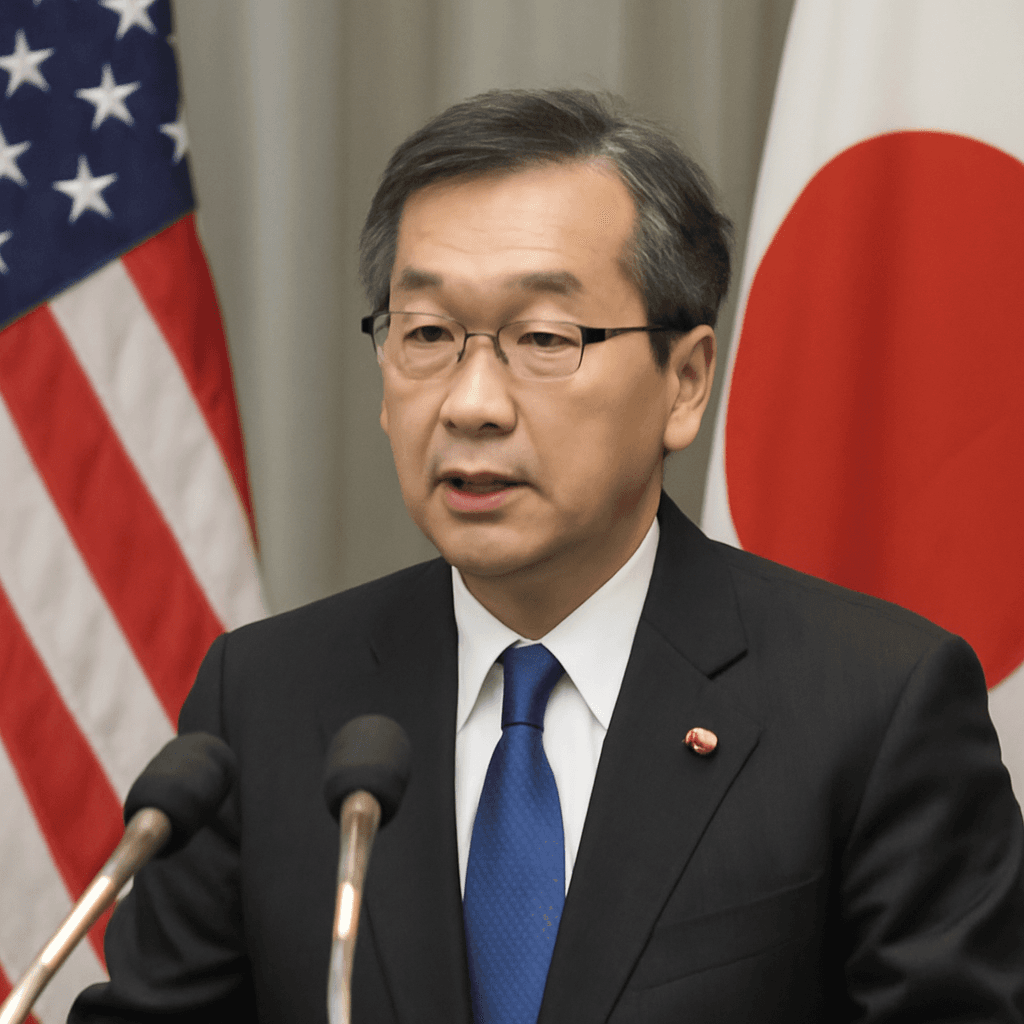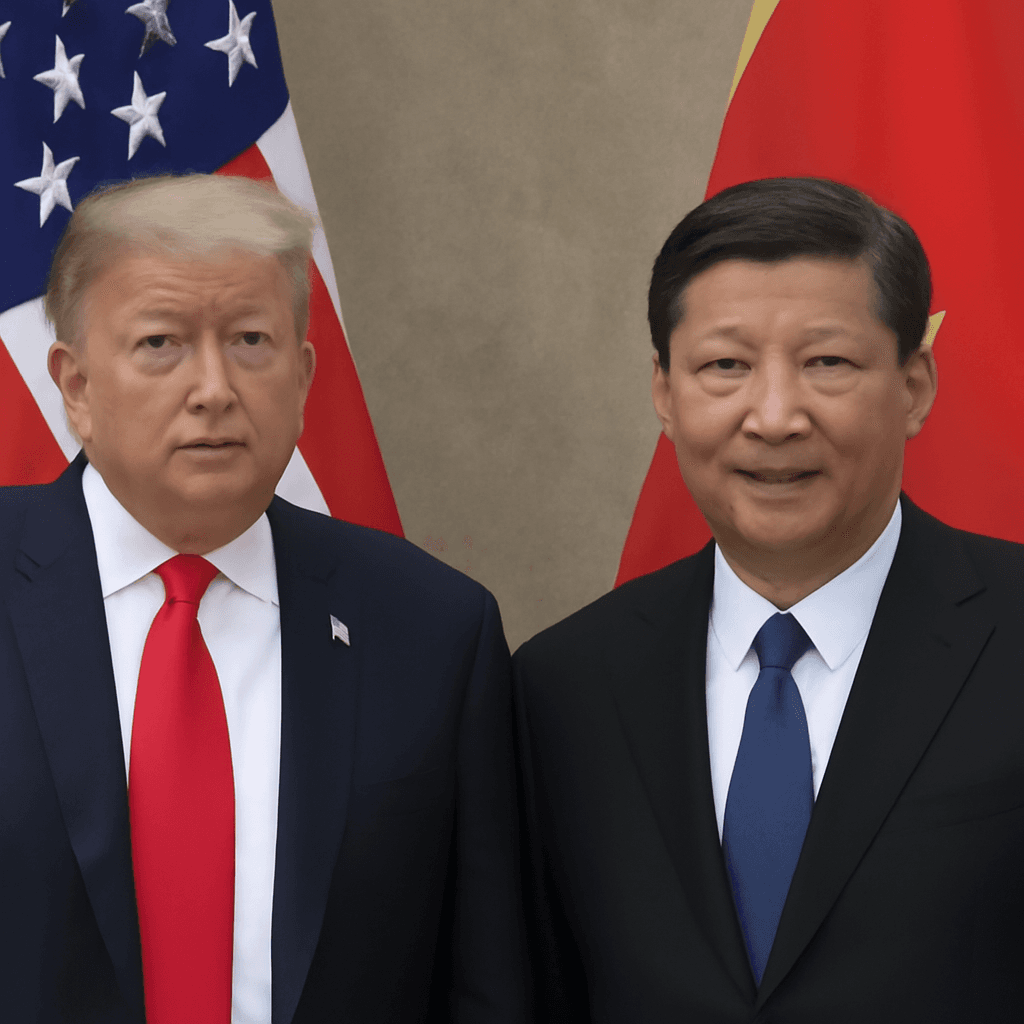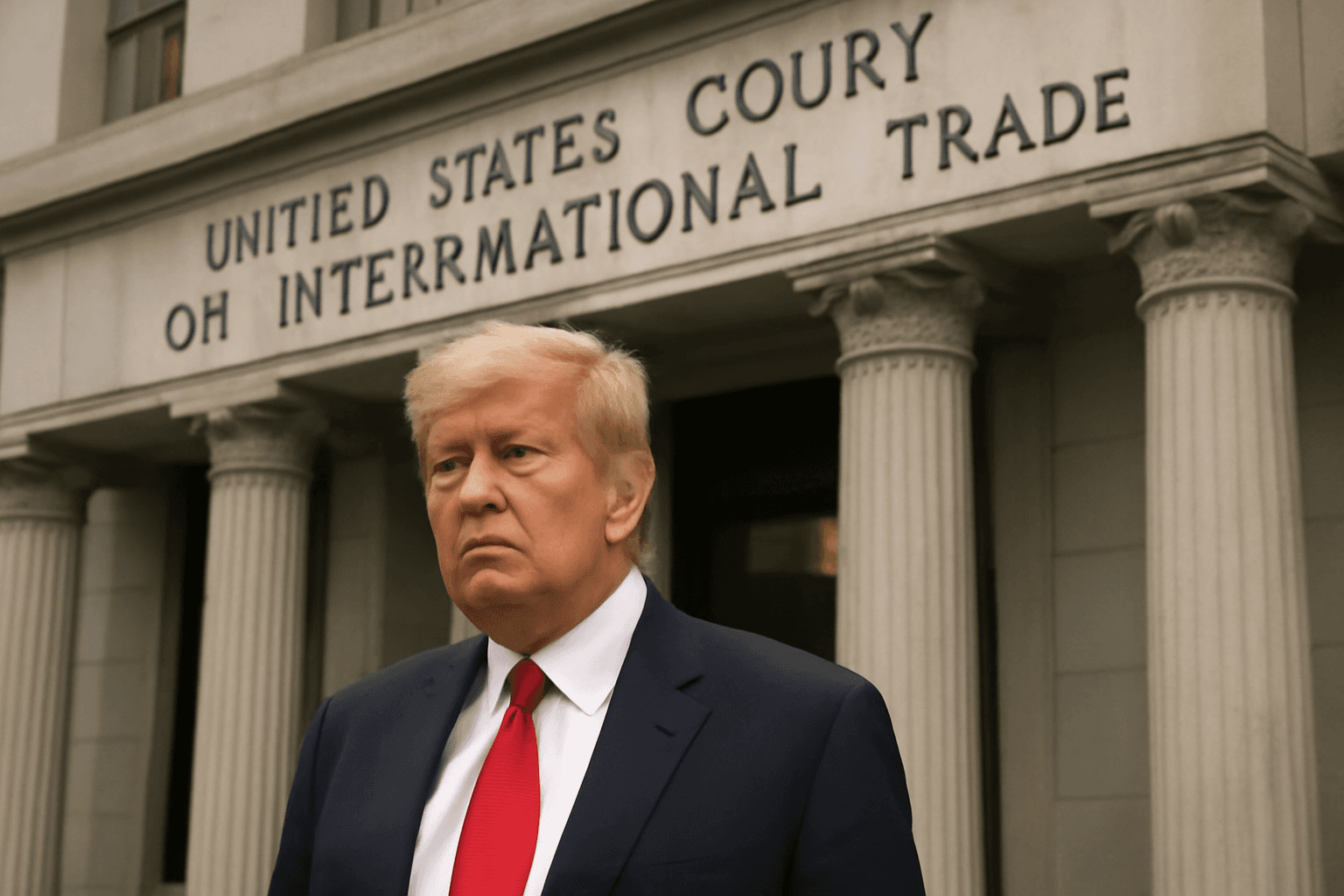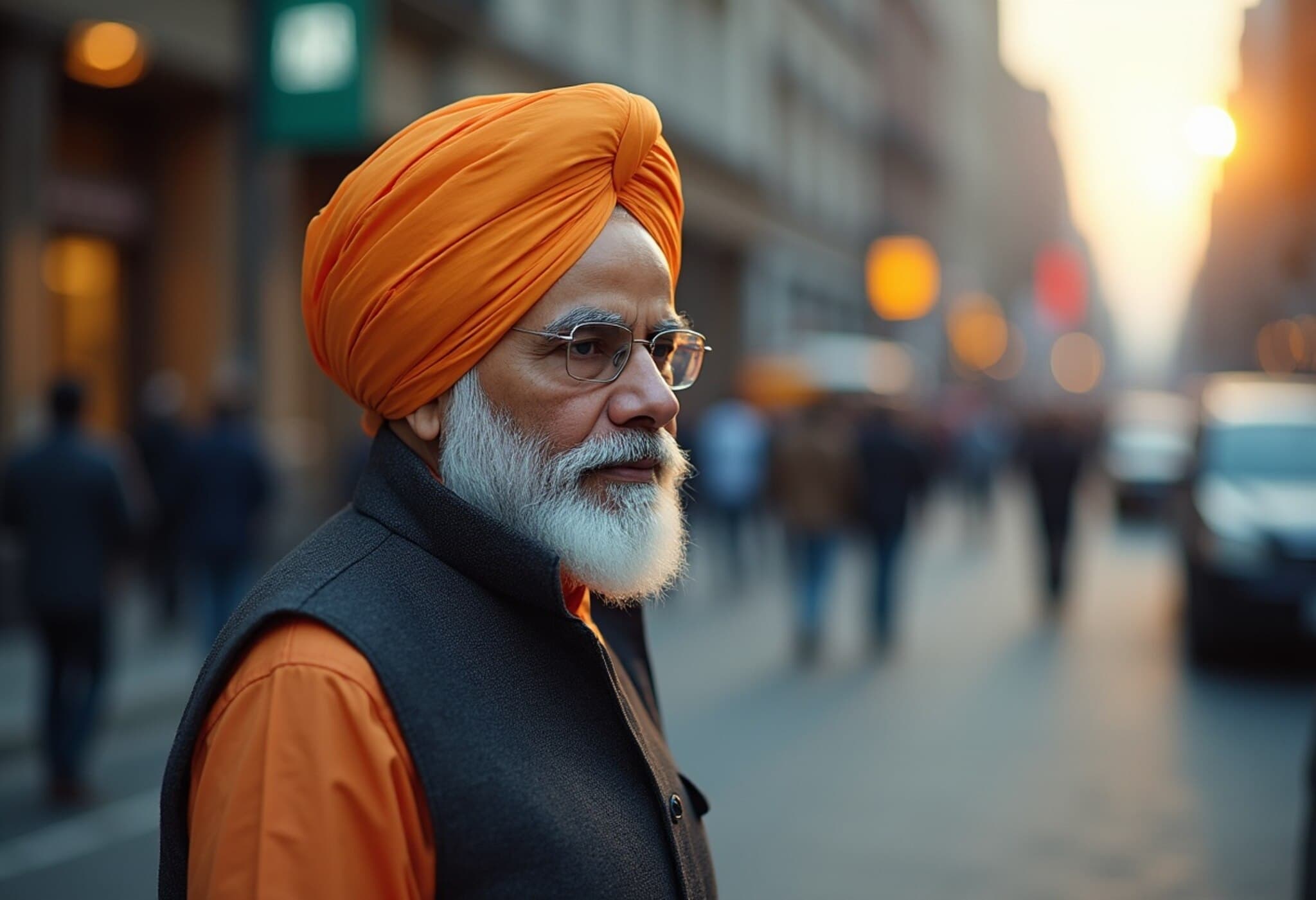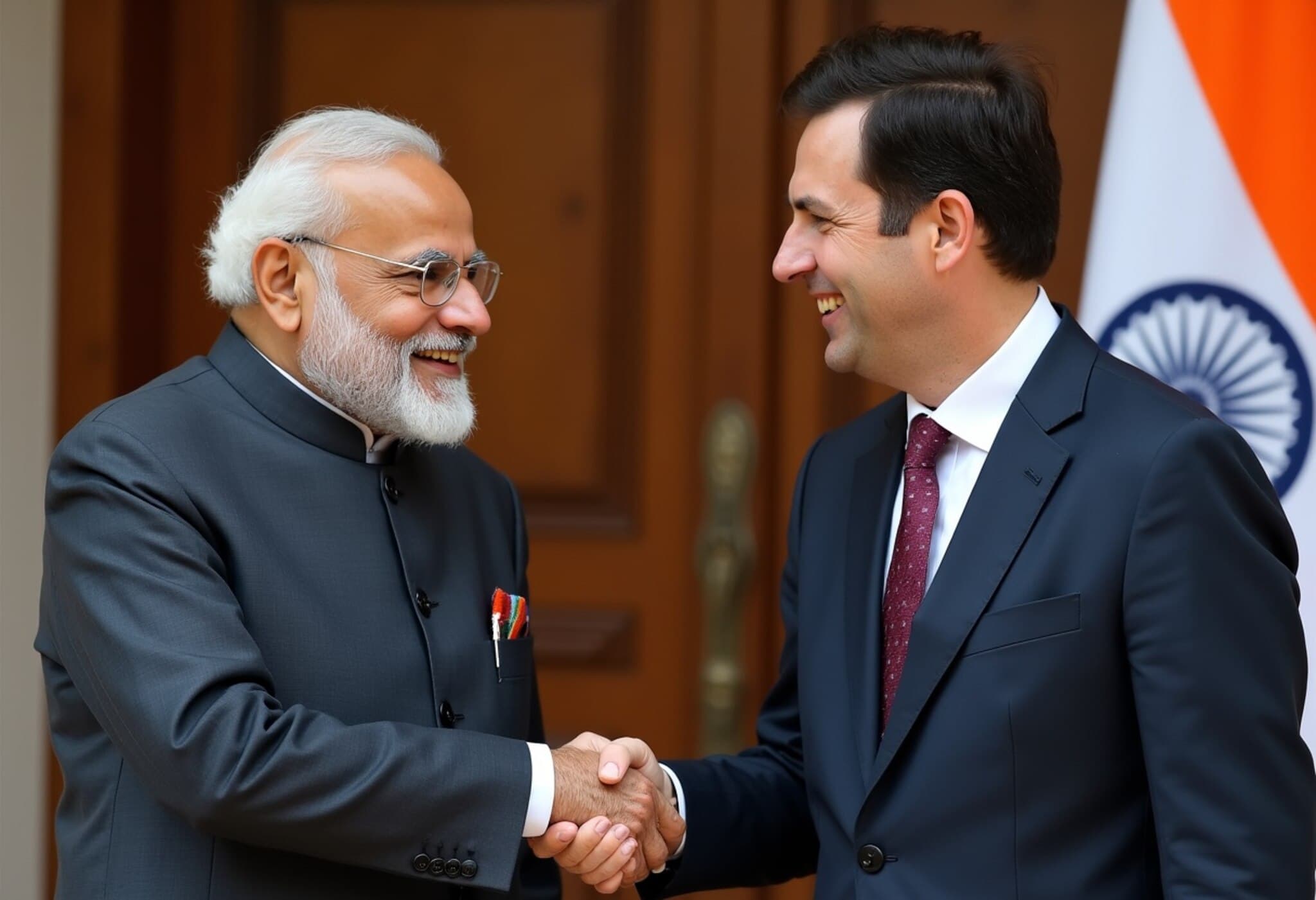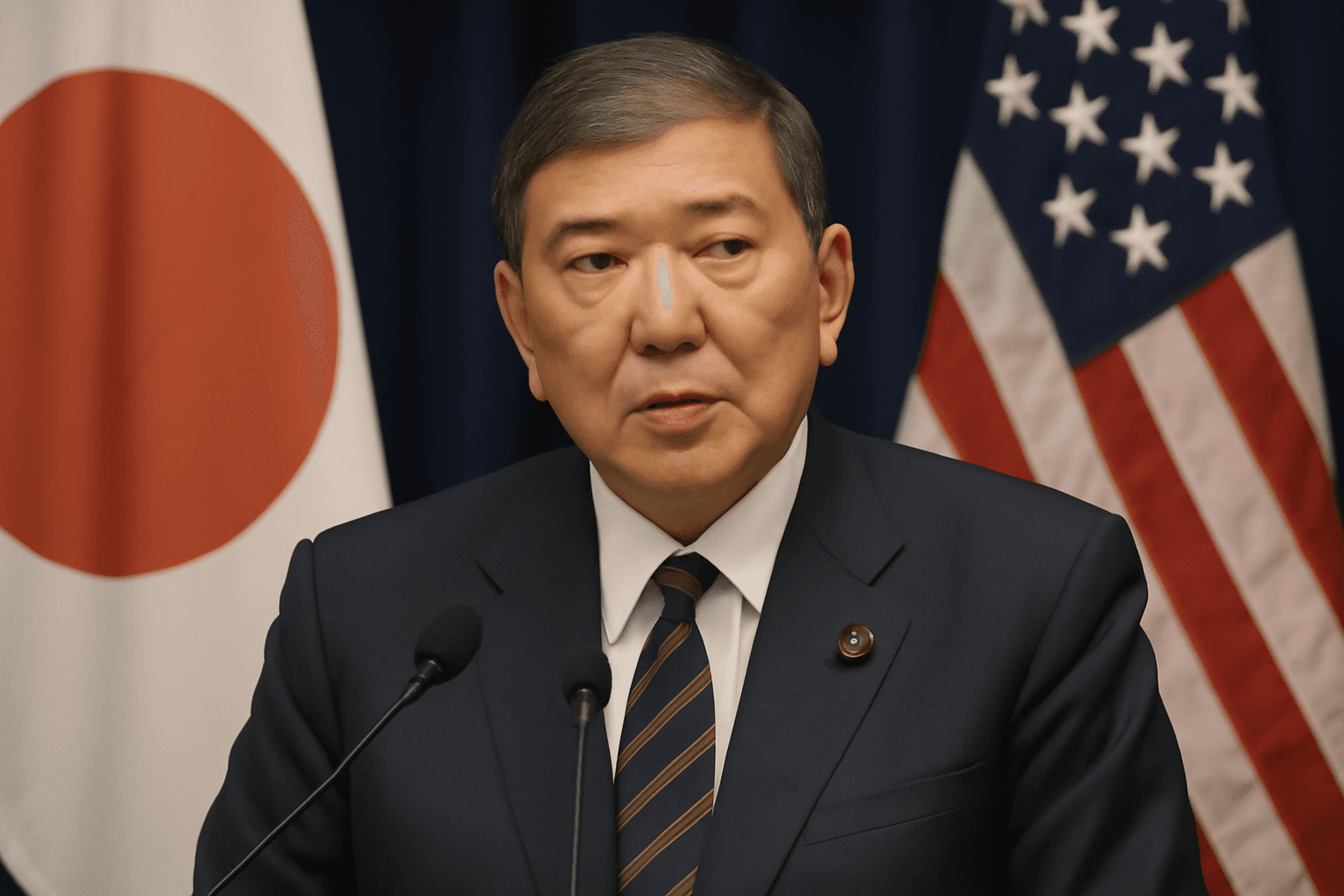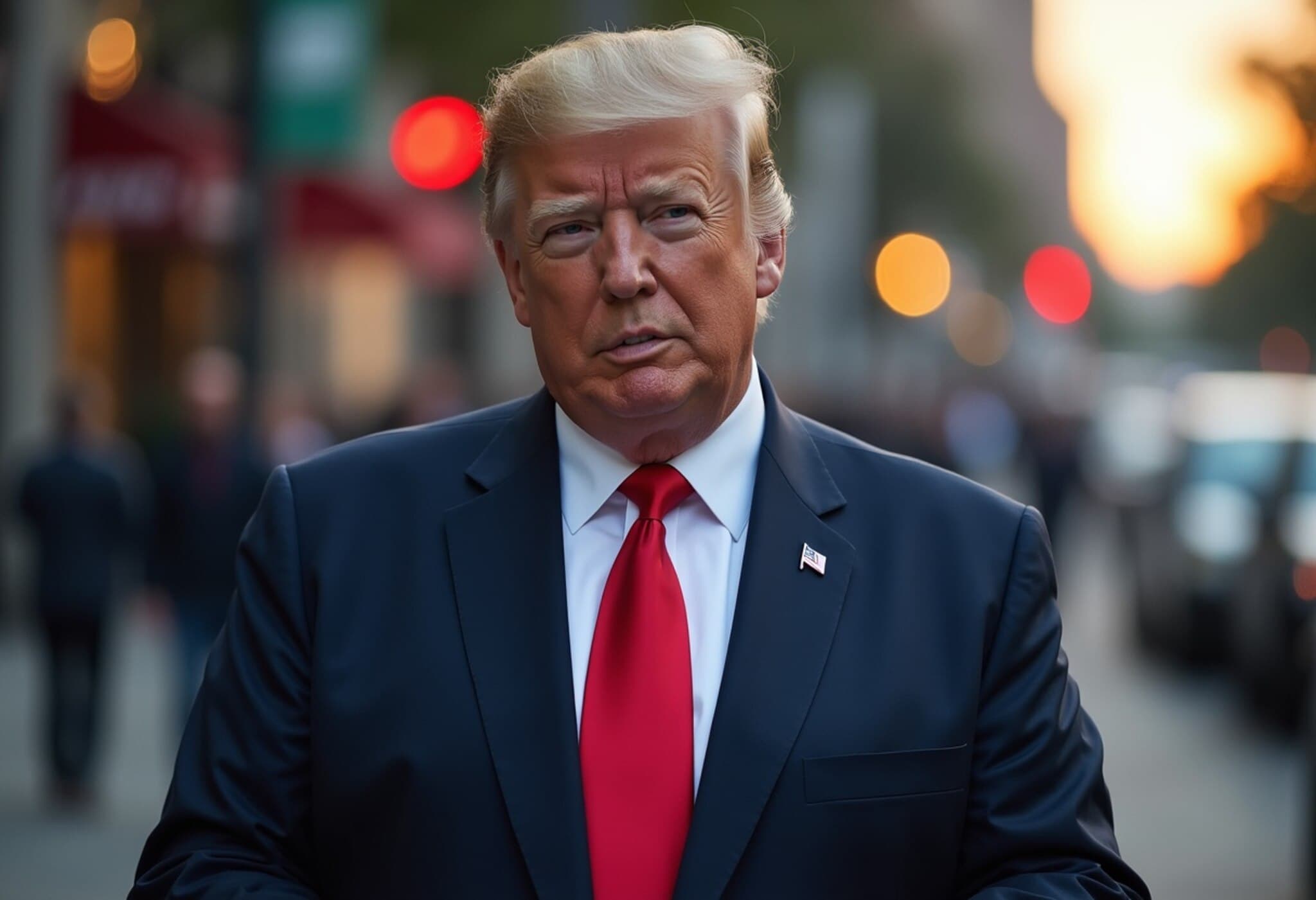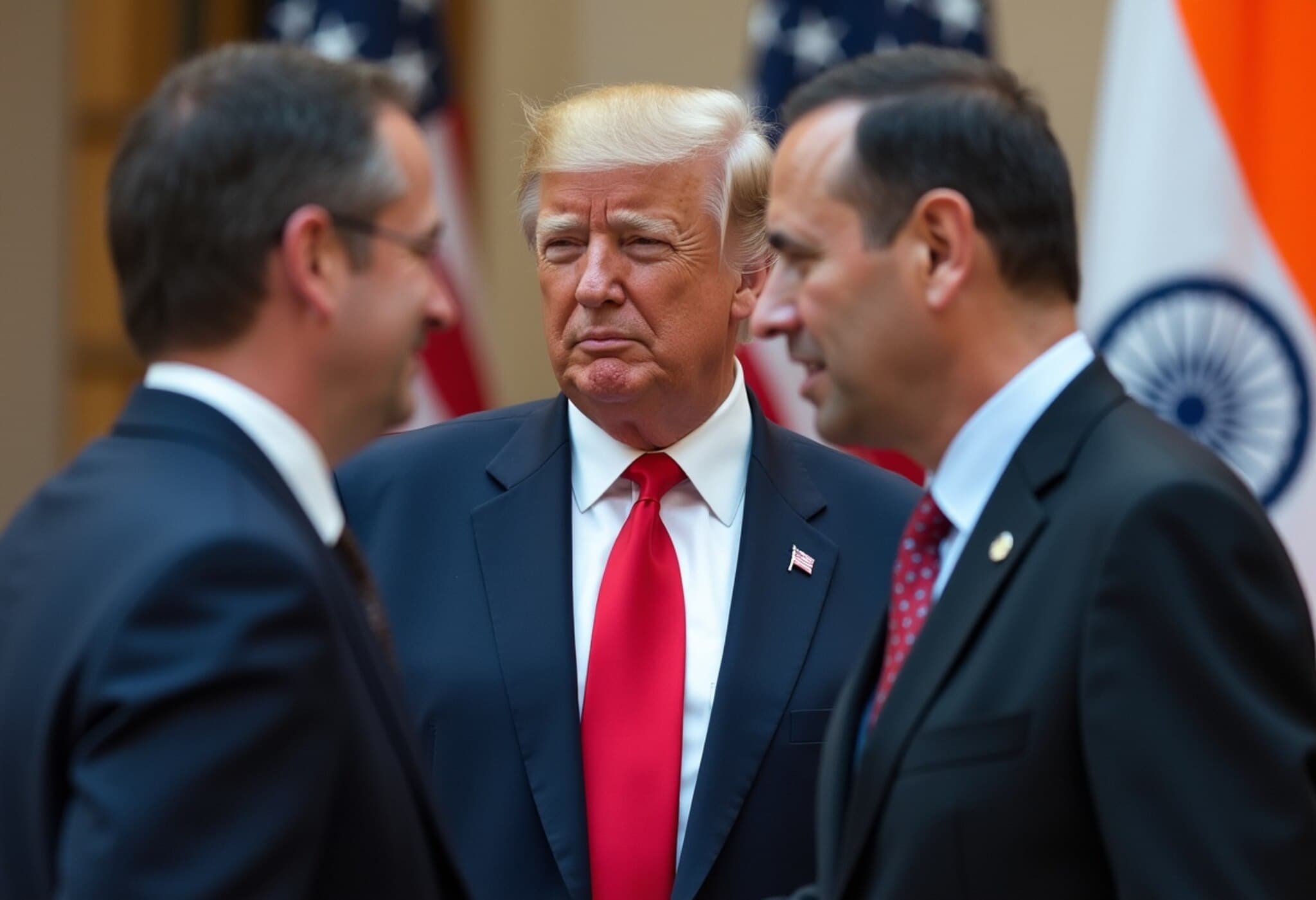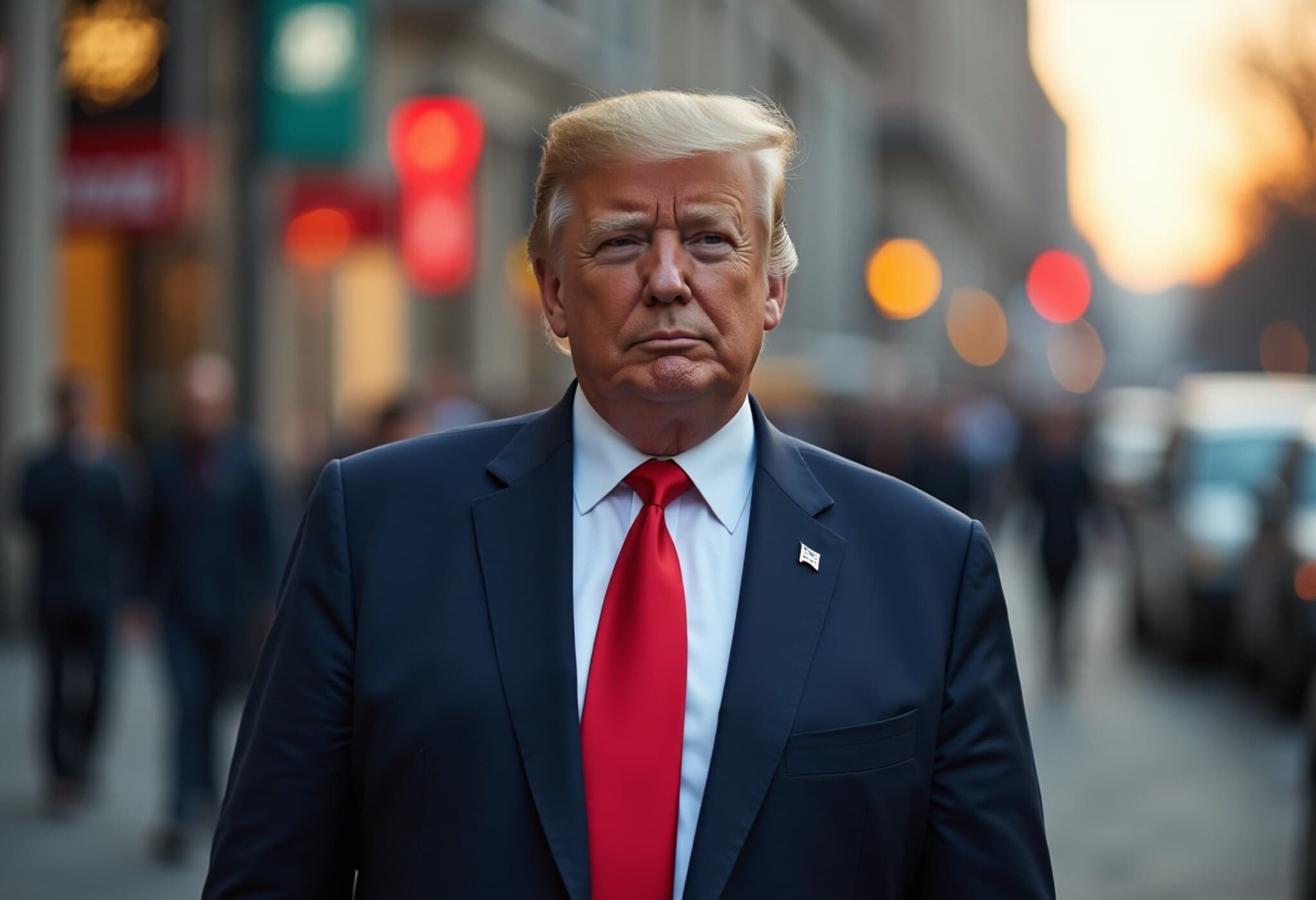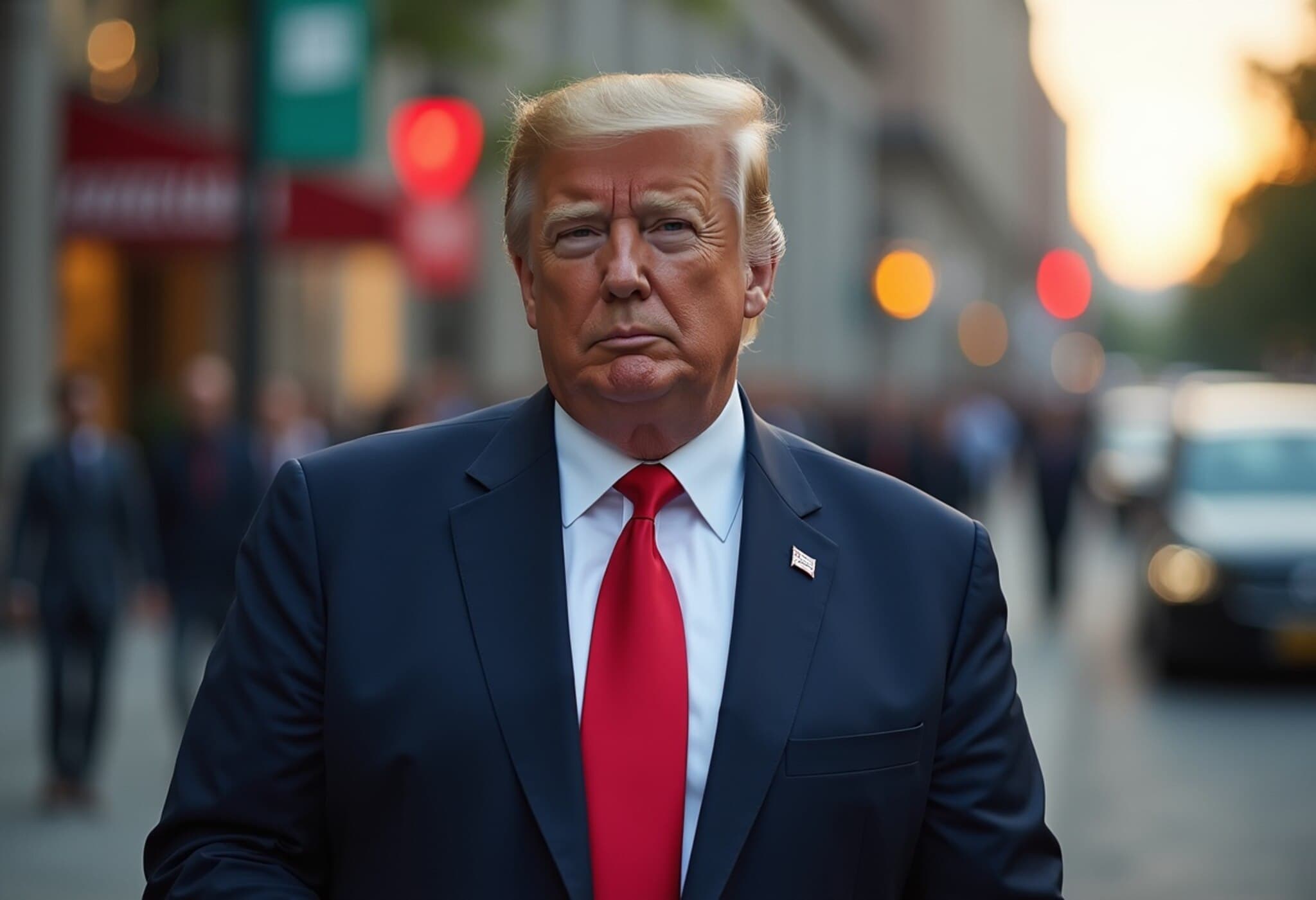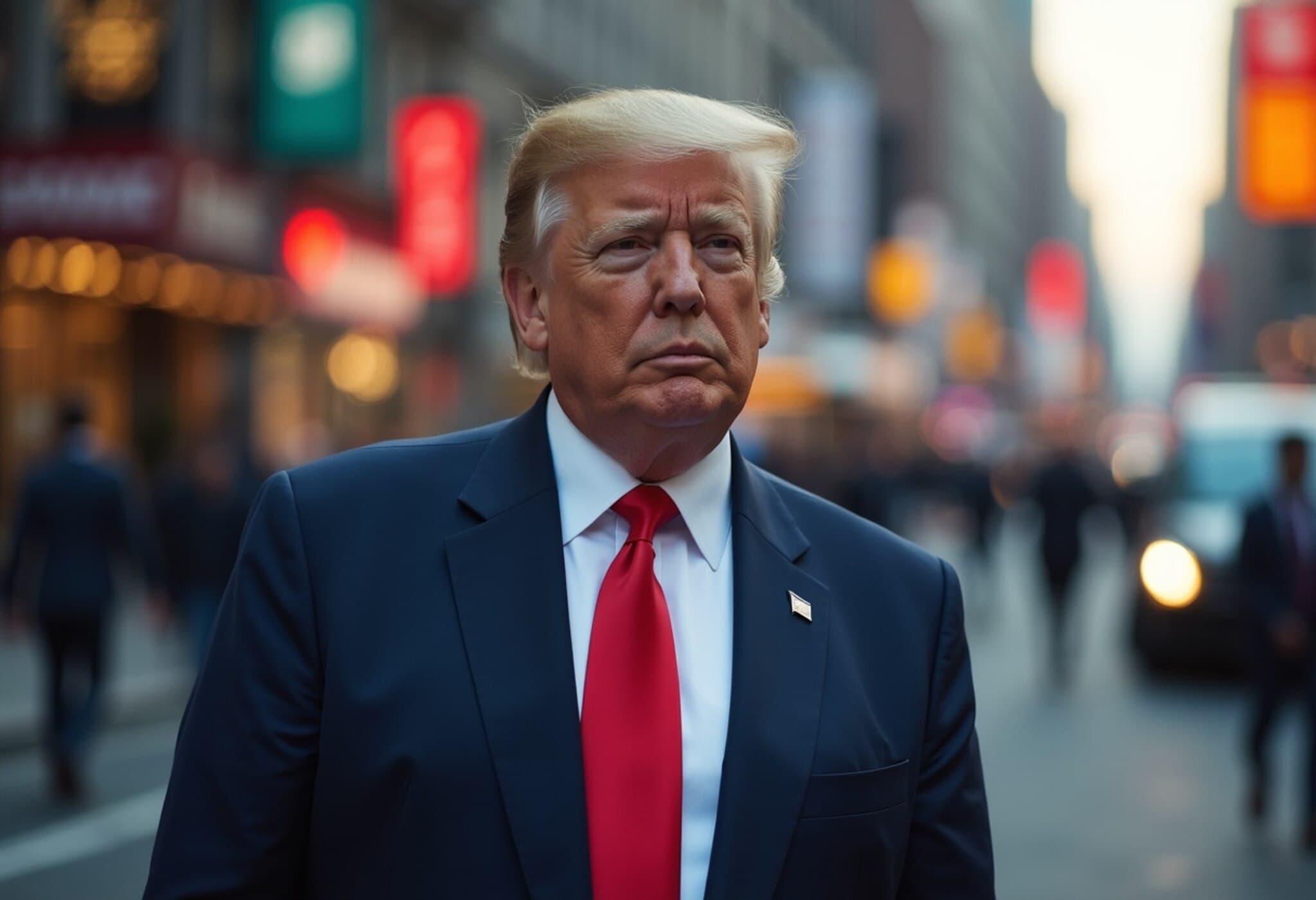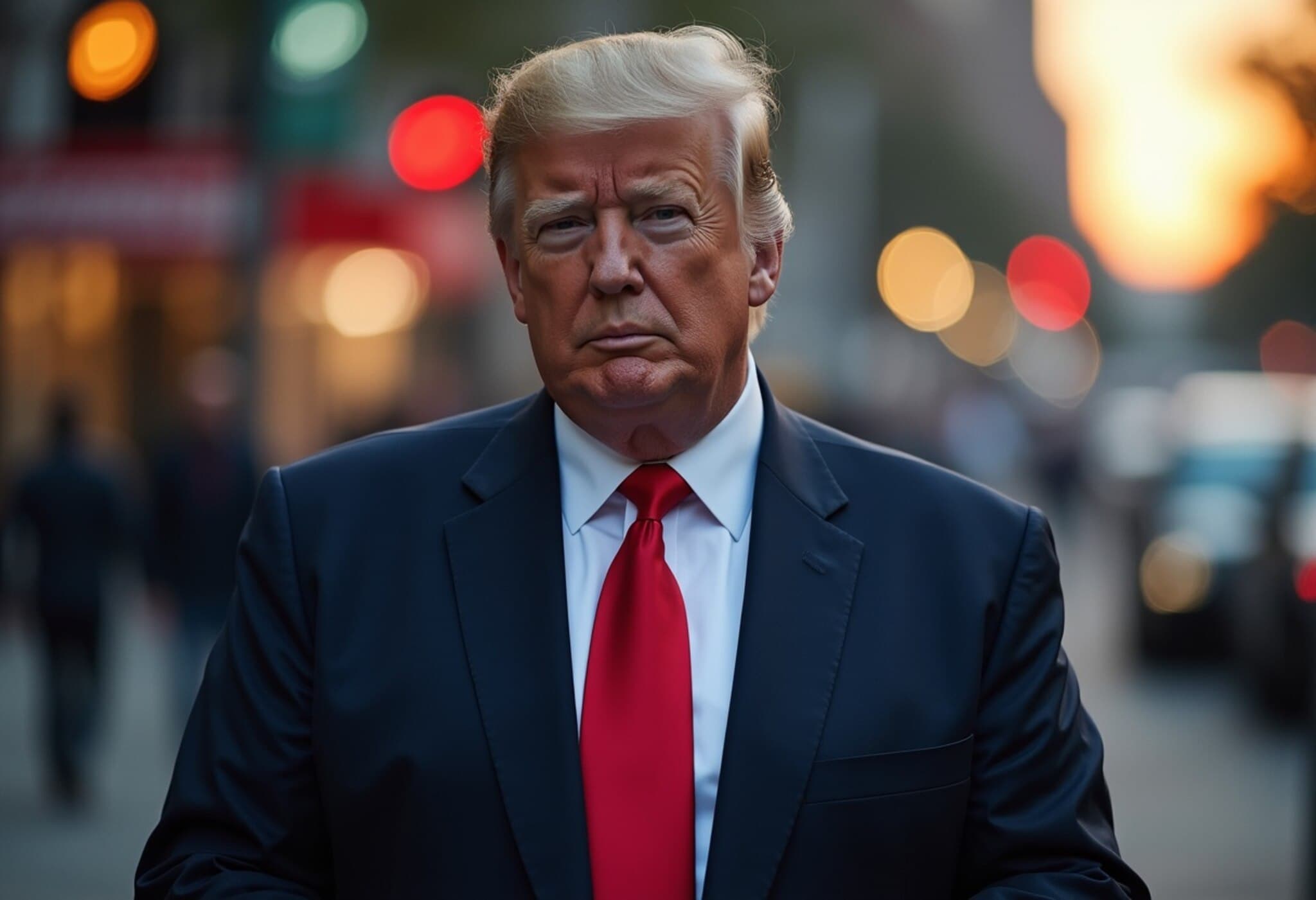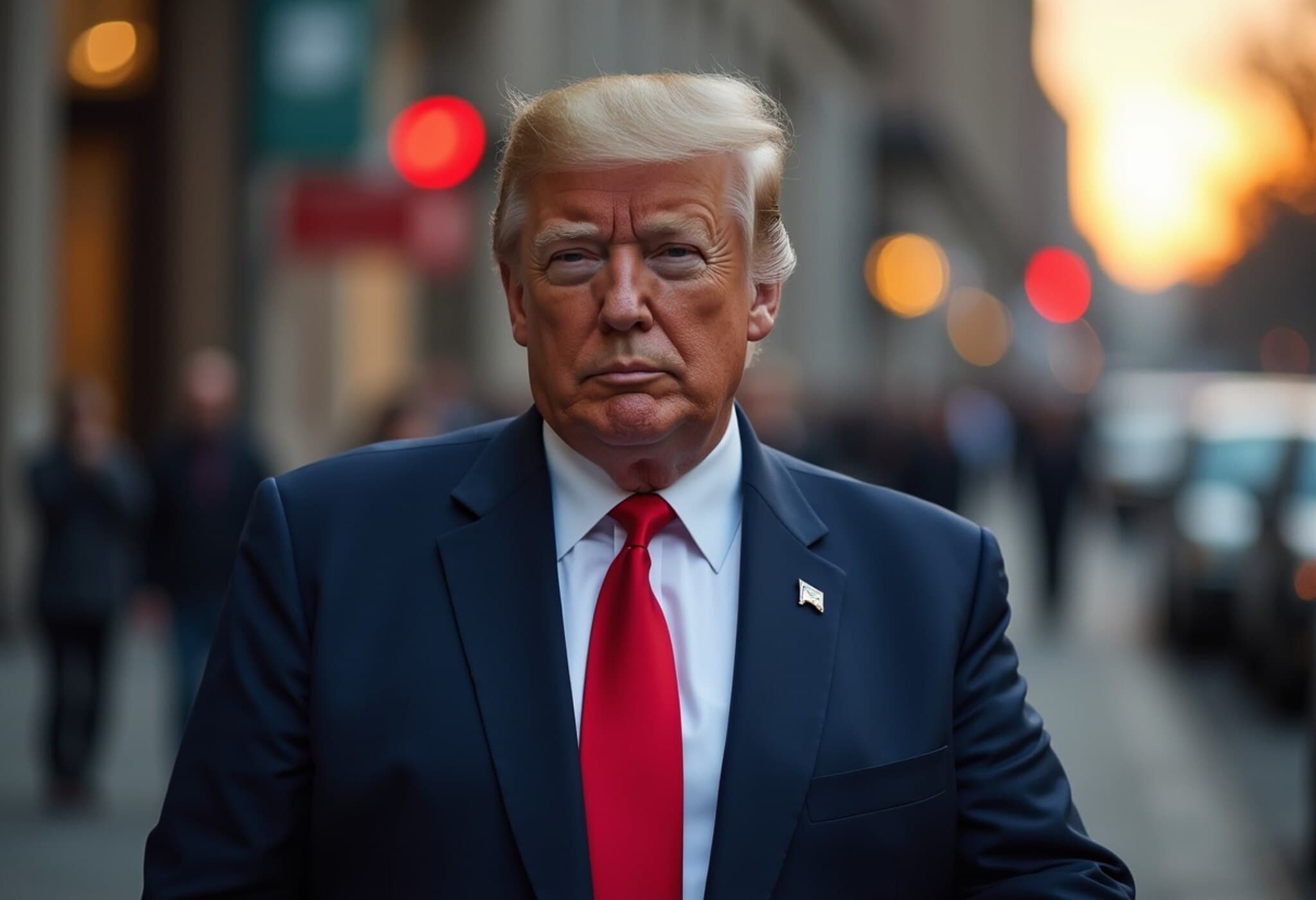India Stands Firm Amidst Escalating US Tariffs
As President Donald Trump’s administration rolls out new tariffs targeting key Indian exports like seafood and textiles, India has consciously chosen a path of restraint, opting out of retaliatory trade wars despite heated US rhetoric. This cautious posture underscores India’s strategic intent to safeguard long-term economic interests without escalating diplomatic tensions.
The Dynamics Behind India’s Diplomatic Restraint
While the tariffs clearly disrupt Indian exporters’ access to the US market, officials in New Delhi have resisted the temptation to respond with tit-for-tat levies. Instead, India emphasizes negotiations that seek a balanced middle ground, maintaining focus on constructive dialogue to mitigate damage. This methodical approach contrasts with President Trump’s transactional style, which experts like Ram Singh, International Trade Professor at IIFT Delhi, describe as a lose-lose strategy, sacrificing the mutual trust foundation of the India-US partnership established post-Cold War.
Exploring New Markets: India’s Diversification Drive
Aware that overdependence on the US market increases vulnerability, India is proactively expanding its trade horizons:
- European Union: Ongoing discussions aim to secure freer access and solidify trade ties.
- South America: Initiatives with Peru and Chile open new avenues for Indian exports.
- Eurasian Economic Union: Targeting emerging opportunities albeit with cultural and consumer preferences challenges.
- Revisiting RCEP & CPTPP: India is reconsidering participation in regional and trans-Pacific trade pacts to boost competitiveness.
Moreover, India’s improved diplomatic rapport with Russia and a tentative thaw with China create additional buffers to offset economic fallout from US tariffs.
Balancing Foreign Direct Investment and Strategic Caution
India’s economic strategy also contemplates adjusting foreign investment policies, particularly around Chinese investments historically restricted since 2020. Experts argue that a calibrated easing, combined with enforceable safeguards, could bolster capital flows crucial for growth, especially given the warming bilateral relations and shared concerns over US trade policies.
Professor Singh notes, “India is better positioned today to manage risks from China-related trade or border issues and could rescind relaxed measures if needed. Ironically, American tariffs may have inadvertently strengthened India’s negotiation leverage.”
Domestic Economic Buffers and Sectoral Challenges
Countermeasures like consumption stimulus fueled by GST cuts aim to cushion the economy, potentially offsetting up to half the GDP growth impact from tariffs. However, these measures only partially address the immediate hardships faced by sectors such as shrimp and textile exporters, whose livelihoods could be jeopardized.
Singh highlights, “Shrimp exporters represent some of the most vulnerable socio-economic groups, with nearly 50% of Indian shrimp destined for the US. While broader economic growth is important, targeted support for such communities is critical.”
Limitations and Future Outlook
Despite these adaptive strategies, hurdles remain. South American and Eurasian markets tend to favor European products, requiring Indian exporters to overcome strong established competition, especially from China’s dominant goods in Russia. Additionally, reliance on consumption-driven growth does not substitute the need for India’s long-term vision of production-linked development.
International trade expert Jhanvi Tripathi of the Observer Research Foundation remarks, “The US market’s size makes it difficult to bypass, but sustained tariffs might force the US to boost domestic manufacturing, raising production costs and prices. While consumers globally adapt, US multinationals may bear profit margin pressures.”
Expert Insight: The Bigger Picture
India’s decision not to escalate trade tensions reflects a mature balance between safeguarding national interests and preserving diplomatic ties. By diversifying trade and investment partnerships, strengthening internal economic mechanisms, and managing geopolitical realities, India portrays resilience amid global uncertainties.
However, this delicate act prompts essential questions for policymakers and stakeholders:
- How sustainable is reliance on non-US markets given cultural and consumer preference challenges?
- What frameworks can be enhanced to ensure immediate financial support for vulnerable exporter segments?
- How might easing Chinese investment restrictions influence India’s geopolitical stance and economic growth?
- Can India leverage its multipolar partnerships to drive a more balanced and resilient trade ecosystem in the long term?
Editor’s Note
India’s prudence in responding to Trump’s tariffs reveals a nuanced understanding of global trade dynamics—showcasing diplomacy over confrontation. While developing alternative export markets and revising investment policies offer promising buffers, the real test lies in protecting vulnerable industries and adapting to shifting geopolitical currents. Readers are invited to reflect on how India’s evolving trade strategy might reshape its role on the global stage and what lessons it holds for other emerging economies navigating rising protectionism.

